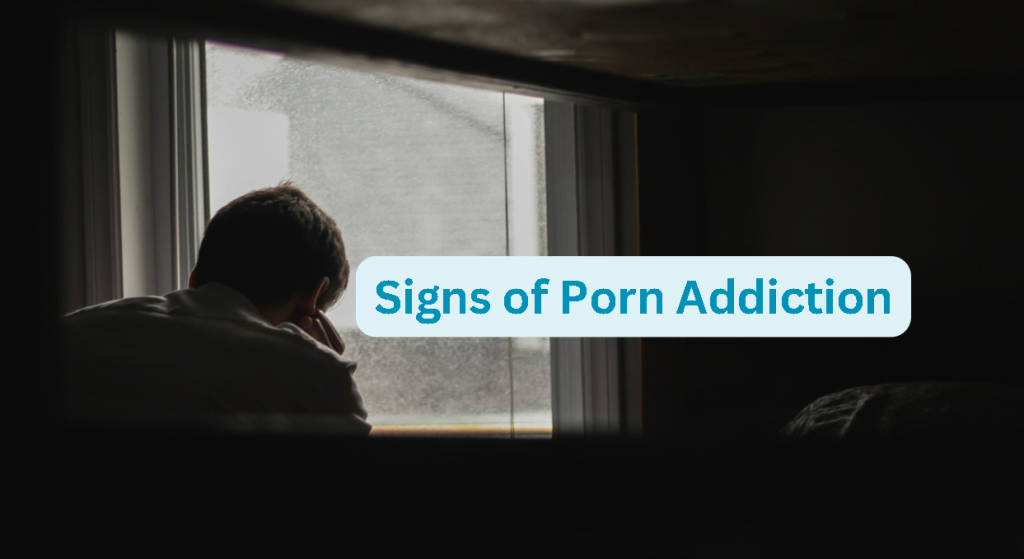
Porn addiction, although subject to debate within the psychiatric community, is increasingly recognized as a behavioral addiction that can significantly disrupt an individual’s daily life. Considered by some not as formal mental health disorders, behavioral addictions such as porn addiction nonetheless bear a significant impact on those affected. It’s not officially classified in the Diagnostic and Statistical Manual of Mental Disorders, but the effects it has on individuals are reminiscent of other recognized addictive behaviors, suggesting a need for acknowledgment and treatment approaches.
The argument over whether excessive use of pornography constitutes an addiction or a compulsion does not undermine the reality that individuals can experience considerable distress due to their porn consumption habits. Recognizing signs of problematic usage is vital, as with any addiction, to pursuing appropriate help. The line between a habit and a potential porn addiction is distinguished by observing changes in behavior, such as an inability to reduce consumption despite the desire to do so, and the interference with daily responsibilities and relationships.
Key Takeaways
- Behavioral addictions like porn addiction can affect an individual’s life significantly despite debate in the psychiatric community.
- Acknowledging the signs of porn addiction is vital for seeking help and understanding its impact on one’s well-being.
- The debate between categorizing excessive porn use as an addiction or compulsion does not lessen the importance of addressing the issue.
Signs of Porn Addiction
Recognizing porn addiction involves observing various behavioral patterns and emotional responses that indicate a problematic relationship with pornography. Here’s a breakdown of common signs:
Excessive Use: When an individual spends an inordinate amount of time viewing pornography, it can be a primary indicator of addiction.
Neglecting Responsibilities: Addicts often ignore obligations such as work, school, or household duties in favor of consuming pornographic content, as noted by PsyCom.
Difficulty with Relationships: Porn addiction can lead to issues in relationships, stemming from secrecy, feelings of shame, or a partner’s discomfort with the frequency of pornography use.
Lack of Control: The struggle to reduce or stop pornography consumption, despite repeated attempts, signifies a lack of control that is common in addiction scenarios.
| Emotional Response | Description |
|---|---|
| Guilt or Shame | Individuals may feel remorse following use, yet find themselves returning to the behavior. |
| Irritability | When unable to view pornography, individuals may become irritable or restless. |
Impact on Sexual Satisfaction: Pornography addicts might find that their sexual satisfaction decreases over time, which often leads to seeking more extreme or varied forms of pornography.
What Causes Porn Addiction?
The causes of porn addiction are complex and include both psychological and biological factors. Some individuals may turn to pornography as a way to cope with emotional distress or to escape from daily life stressors. In some cases, relationship problems or personal insecurities might also be a driving force behind excessive use of pornography.
Psychological Factors:
- Mental Health Conditions: Issues such as depression and anxiety can contribute to addiction.
- Stress Relief: Individuals often use pornography as an outlet for stress.
Biological Factors:
- Brain Changes: Repeated exposure can lead to changes in the brain associated with reward and pleasure.
- Habit Formation: Patterns of behavior can evolve into compulsive habits.
There’s an ongoing debate about whether porn addiction is officially recognized as a medical condition. However, for those who experience significant negative impacts on their life due to their porn usage, the condition feels very real. Interest in pornography becomes an addiction when it interferes with a person’s quality of life, when they may be unable to control their behaviors, despite the negative consequences, and feel distressed about their usage.
Combining psychological support with a better understanding of addiction, treatments are possible. They typically involve therapy, counseling, and sometimes medication, tailored to address individual needs. These strategies are aimed at managing the addiction and mitigating its effects on one’s life.
Conclusion – Signs of Porn Addiction
Pornography addiction is characterized by a person’s emotional dependence on pornographic material to the point where it negatively affects their daily life and relationships. Recognizing the signs is crucial for addressing the condition. The common indicators include:
- Persistent use despite negative consequences.
- Difficulty managing use or abstaining.
- Neglected responsibilities due to use.
Effective treatment often involves a multifaceted approach, integrating strategies like cognitive-behavioral therapy and setting boundaries on access to pornography. Individuals may also benefit from:
- Deleting pornography from their devices.
- Seeking support groups or counseling.
- Learning new coping skills to handle stress.
Research suggests that similar to substance abuse, changes in brain structure occur with pornography addiction, specifically affecting the brain’s reward system and executive control. Treating pornography addiction may require addressing underlying mental health issues or contributing factors such as relationship problems or stress.
It is recommended that individuals facing challenges with pornographic material consumption seek professional guidance. With the right approach, many can regain control and improve their quality of life.
Note – If You have any question, Please Contact Us






